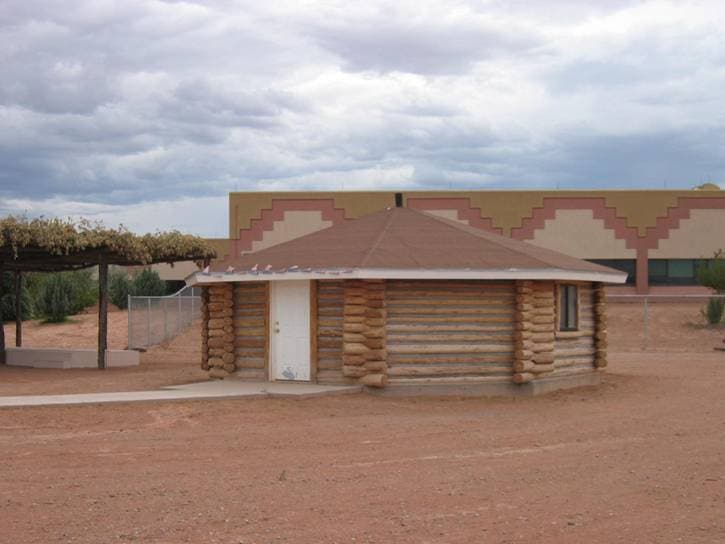Canyon de Chelly Draws Visitors, Challenges Apache County Stewardship
Canyon de Chelly, jointly managed by the National Park Service and the Navajo Nation, remains a highly visited and culturally significant landscape near Chinle, bringing steady tourism revenue while raising questions about cultural protection and local infrastructure. For Apache County residents the canyon supports jobs and local businesses, but limited canyon access, permit requirements, and cultural sensitivities mean careful local planning is required to balance economic benefit with community priorities.

Canyon de Chelly sits on the northeastern edge of Apache County near the town of Chinle, and is both a major visitor draw and a living Navajo homeland. The canyon is jointly managed by the National Park Service and the Navajo Nation, and is known for towering sandstone walls, ancestral Puebloan ruins, and Navajo families who maintain sheep herds and farms within the canyon. That mix of tourism and daily life makes the site vital to the local economy and to cultural continuity, while also placing demands on county services and policy.
Most visitor orientation and access occurs along South Rim Drive, where overlooks and a Chinle area visitor center provide maps, permits, and guidance. Road access to the canyon floor is restricted, and visitors who want to reach sites such as White House Ruin, Antelope House, or House on Fire must use authorized Navajo guided tours arranged through Chinle. Tour fees, permits, and local crafts sales provide income that supports guides, small businesses, and resource protection efforts, making tourism an important economic supplement for many families in the area.
Limited cell service in and around the canyon, combined with the fact that many canyon sites are active homesteads or hold sacred significance, requires clear public education on respectful behavior. Visitors are asked to follow Leave No Trace principles and to check National Park Service and Navajo Nation rules before planning a visit. Seasonal conditions also matter for safety and planning, with spring and fall offering milder weather, hot summer afternoons, and cold nights with occasional snow at higher elevations during winter.
For Apache County the practical challenge is translating the canyon s national profile into sustainable local gains. Tourism brings people through Chinle, supports guiding and hospitality jobs, and channels revenue toward permits and protection. At the same time crowding, inadequate visitor education, and infrastructure strain could erode cultural integrity and the daily lives of residents if not managed carefully.
Policy choices at the county level will influence long term outcomes. Coordinating with the Navajo Nation and the National Park Service on clear signage, visitor information, permit procedures, and investment in local services can help capture economic benefits while protecting resources. Maintaining restricted canyon floor access and privileging authorized Navajo guided tours reinforces cultural protocols, while targeted investment in Chinle visitor services can improve visitor experience and keep more tourism spending in the local economy.
Canyon de Chelly s status as a living landscape means county leaders, tribal partners, and residents must weigh short term economic gains against the preservation of cultural practices and natural resources for future generations.

